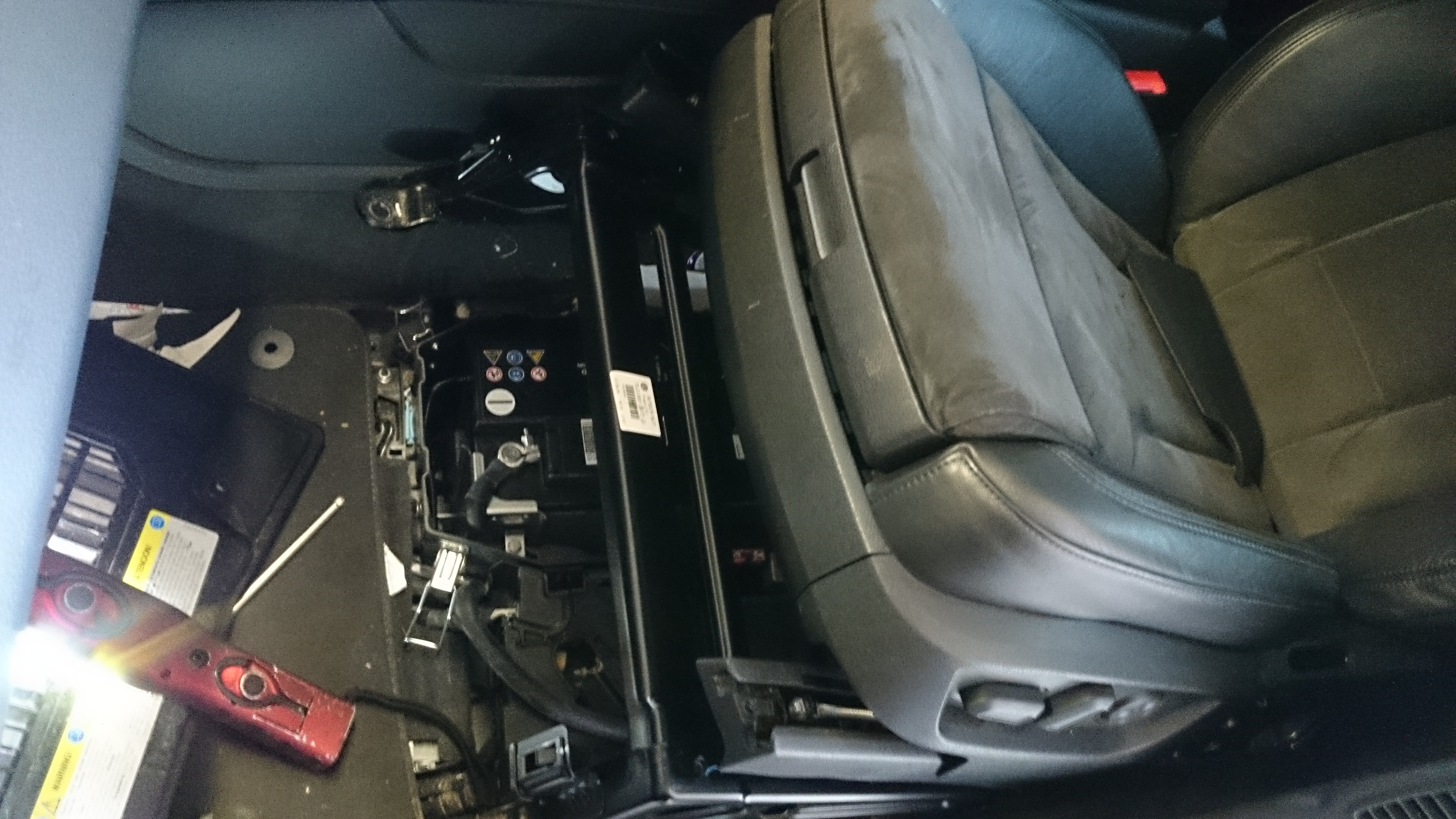ChasingOurTrunks
Well-known member
Hi folks
Like the title says, what are the pros/cons of these three suppliers of DC to DC chargers? There’s folks in this community with way more knowledge than I and I’m hoping they can chime in. There is also a lot of old information on dual battery setups from before the days of these smart DC to DC chargers. I’m hoping users of the above three products will let us know how they are working and what the pros and cons of these are.
Optimate DC to DC charger: $116.99 CAD on Amazon:
At that price point it’s not too far off the solenoid only systems. I’m curious about real world use. Other options:
CTEK DC to DC charger. $377.99 CAD on amazon.ca:
Does three times the price mean three times the performance/reliability?
And the $$$ option from Redarc at $573.55 CAD on amazon.ca:
I believe National Luna may offer a similar kit but I am not familiar at all with it. How do the above compare? Do they all functionally do the same thing? What does the Redarc give me that the Optimate lacks?
Like the title says, what are the pros/cons of these three suppliers of DC to DC chargers? There’s folks in this community with way more knowledge than I and I’m hoping they can chime in. There is also a lot of old information on dual battery setups from before the days of these smart DC to DC chargers. I’m hoping users of the above three products will let us know how they are working and what the pros and cons of these are.
Optimate DC to DC charger: $116.99 CAD on Amazon:
OptiMATE DC to DC, TM-500, 12V Battery / DC supply to 12V Battery Charger, Battery Chargers - Amazon Canada
OptiMATE DC to DC, TM-500, 12V Battery / DC supply to 12V Battery Charger in Battery Chargers.
www.amazon.ca
At that price point it’s not too far off the solenoid only systems. I’m curious about real world use. Other options:
CTEK DC to DC charger. $377.99 CAD on amazon.ca:
CTEK (40-186) D250SA 5 Step Charger - 12V - 20, Battery Chargers - Amazon Canada
CTEK (40-186) D250SA 5 Step Charger - 12V - 20 in Battery Chargers.
www.amazon.ca
Does three times the price mean three times the performance/reliability?
And the $$$ option from Redarc at $573.55 CAD on amazon.ca:
REDARC BCDC1240D DC-DC CHARGER 12V40A OUT : Amazon.ca: Electronics
REDARC BCDC1240D DC-DC CHARGER 12V40A OUT : Amazon.ca: Electronics
www.amazon.ca
I believe National Luna may offer a similar kit but I am not familiar at all with it. How do the above compare? Do they all functionally do the same thing? What does the Redarc give me that the Optimate lacks?

